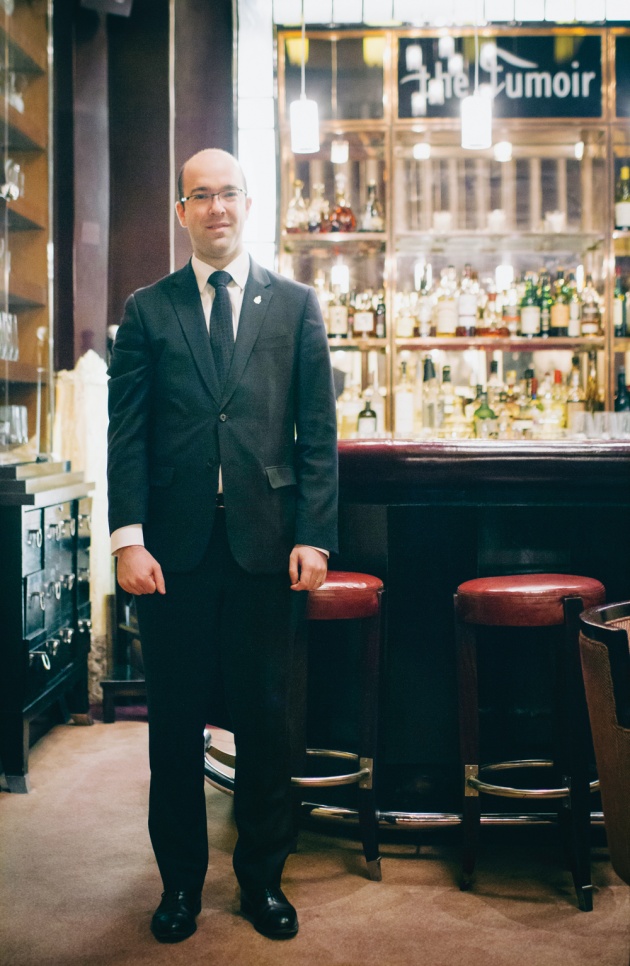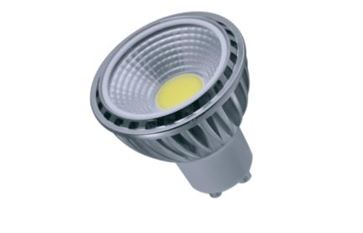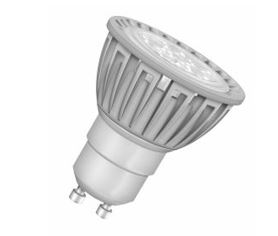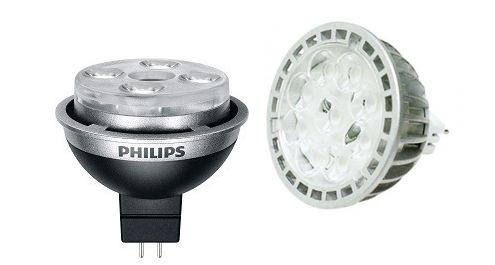CAT | Uncategorized
5
Louisville lights Big Four Bridge with dynamic Philips LED system
Comments off · Posted by admin in Uncategorized
Editor in Chief, LEDs Magazine and Illumination in Focus:
Historic railway bridge over the Ohio River now carries pedestrians and cyclists and Louisville has added iconic LED architectural lighting.
Philips Lighting has announced an LED architectural lighting project installed on the historic Big Four Bridge that links Louisville, KY and Jeffersonville, IN across the Ohio River. The dynamic, color-changing solid-state lighting (SSL) is intended to help revitalize the Louisville waterfront and make the pedestrian and bicyclist bridge a destination point in the region.
The project is certainly not the first to use dynamic LED lighting to highlight a railroad heritage in revitalization efforts. For example, the Light Rails project in Birmingham, AL back in the fall of 2013 has drawn tourists and increased safety in Birmingham.
city lighting · color kinetics · energy efficient lighting · led coving · led lighting · led tubes · linear led · Novel Energy Lighting · philips led · rgb coving · rgb strips
23
Japanese LED traffic lights just too cool when snow falls
Comments off · Posted by admin in LED, LED Floodlights, Uncategorized
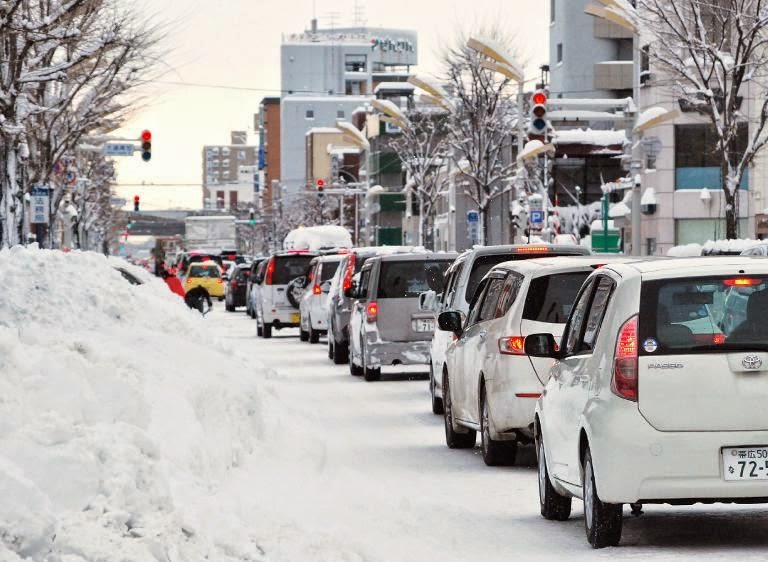 |
| AFP/Jiji Press/AFP/File – Energy saving traffic lights in Japan are failing to melt snow covering them |
energy efficient ligfhting · led city lighting · led flood lights · LED lamps · led lighting · led streetlights · led traffic lights · Novel Energy Lighting
19
How LED lighting will shape the cities of the future
Comments off · Posted by admin in LED, LED Floodlights, Uncategorized
Published on 14 Jan 2015
Hear from the experts about how advancements in LED lighting will help make our cities smarter.
These interviews were conducted at a European high-level event under the Italian EU Presidency, co-organised by the Italian Ministry of Education, University and Research (MIUR), and the European Commission DG CONNECT Photonics which was held on 29 – 30 October 2014 in Rome, Italy.
Visit us at novelenergylighting.com to explore outdoor lighting, from streetlights to floodlights to bollards to security lighting. Or call us to discuss your needs: 0208-540-8287
city lighting · energy efficient lighting · floodlights · led bollards · led floodlights · led lighting · led security lighting · led streetlights · Novel Energy Lighting · streetlights
12
UK government ‘must recognise the hidden benefits of energy efficiency’
Comments off · Posted by admin in LED, Uncategorized
Drax power station – Energy efficiency, including LED lighting, means the UK needs fewer of these
energy efficiency · energy efficient lighting · LED lamps · led lighting · Novel Energy Lighting
5
How lighting is done at Claridge’s
Comments off · Posted by admin in LED, LED Candles, LED downlights, Philips LED, Uncategorized
LUX Reports: Hadrien Bera leads a team of 20 engineers responsible for the overall asset management of London’s grand hotel Claridge’s in Mayfair. It’s a challenging role; requirements to save energy aren’t easy to balance with the need to maintain the look and feel of a lavish Grade II listed building with art deco interiors, frequented by the royals and sometimes referred to as the ‘annexe to Buckingham Palace’.
claridges · energy efficient lighting · hospitality lighting · hotel led · hotel lighting · led bulbs · LED Candles · led filament candle · led lighting · Novel Energy Lighting
28
Why the way we dispose of lights is changing
Comments off · Posted by admin in Uncategorized
As the government updates the regulations on waste electrical and electronic equipment (WEEE), Lux hears from key players in the lighting business on what this means for how we make, use and recycle lights.
Lux’s roundtable forum on the WEEE Directive was held in association with Recolight.
Featured in this video: Robert Bain, Lux Magazine
Russell Hirst, Wiser Recycling
Nigel Harvey, Recolight
Fiona Elliott, Osram UK
Phil Morton, Repic
John Bullock, Lighting designer
bulb recycling · lamp cycling · led lighting · lighting recyling · Novel Energy Lighting · WEEE
21
LED MR16- The Perfect Choice for Accent Lighting
Comments off · Posted by admin in Uncategorized
Illuminate your space with LED MR16 for quality lighting. LEDs have numerous advantages over conventional lamps. Along with superior light output, LEDs save on electricity and offer a better lifespan. These lamps consume about 10% of the energy of traditional halogen lamps, making them a perfect switch from halogens.
MR16s come in wattages ranging from 4W to 10W to replace 20W to 50W halogen MR16s. The low voltage makes them safe to work with. These energy efficient LEDs offer a lifespan ranging from 20,000 hours to 50,000 hours. Unlike fluorescent lamps, these LEDs are mercury-and pollution-free, which makes them recyclable and safe on the environment.
LED MR16s come in a variety of colour temperatures to suit requirements. These lamps are also available with narrow or wide beam angles. Narrow beam angles are suitable for enhancing the prominence of objects and displays whereas, wide beam angle bulbs give a greater spread, useful for general space lighting.
Novel Energy Lighting supplies LED MR16 lamps from various quality manufacturers like Philips, Heathfield, Megaman, Emprex, and Verbatim. We offer specialist VxRGB MR16s by Verbatim with ultra-high colour rendering qualities that accentuate the true-life colours of art or food.
Philips MasterLED MR16 lamps include a patented intelligent driver which makes the lamps emulate a halogen in the eyes of a transformer. This makes the LED MR16 compatible with over 90% of transformers in the market, and means that these lamps can be used on most existing transformers. Therefore, you can avoid the hassle of replacing and installing new transformers when switching to LED lighting, saving time and money.
Megaman LED MR16 lamps offer a lifespan of up to 50,000 hours, and come in a range of wattages to provide light output to meet your needs.
These lamps come in both dimmable and non-dimmable configurations for different requirements. LED MR16s are suitable for a wide variety of different applications including residential and commercial properties, architectural, retail, offices, museums, schools, and entertainment and gaming.
By replacing your halogens with these LED lamps, you can reduce your power consumption by up to about 90% with absolutely no compromise on brightness. Also, these lamps do not emit any kind of UV or IR radiation in the form of heat, which make these ideal for lighting up heat-sensitive objects, or paintings
Visit Novel Energy Lighting to see the wide range of quality LED MR16 lamps available.
led mr16 · led mr16 lamps · megaman led mr16 lamps · Philips MasterLED MR16 lamps
LUX Magazine, 12 JUNE 2014

Increasing LED light levels boosted pupils’ cortisol levels by the same amount as fluorescent light, and slightly faster, in a study conducted by Fagerhult’s lighting academy.
Measuring the hormone levels of students at a university in Sweden, researchers found that the students’ level of cortisol, the hormone that keeps us awake, increased in LED-lit environments with luminance levels of 100cd/m2. The work was based on a previous study from 2009, conducted with fluorescent T5 luminaires, which showed that the cortisol in students’ blood level increased when they were exposed to boosts of a high luminance in the morning and early afternoon.
Henrik Clausen, director of the Fagerhult Lighting Academy, said: ‘People started asking whether LED would have the same effect as T5, so we had to repeat our research. We did that at a school in Sweden where we found the same hormone release results.’ Clausen added, ‘Actually the pupils’ cortisol levels raised a little bit faster with LEDs than they did with fluorescent. It’s probably because there is an inherent peak of blue light in LEDs, but we don’t know that for sure.’
The research facility is now looking at students’ grades to see if the improved hormone levels result in better academic performance, but has not yet proven a correlation in the LED-lit classrooms. The 2009 study on increased fluorescent light levels showed an increase in performance by one grade on average in the dark part of the year, Clausen claimed.
Another study from 2007, also comparing differently lit classrooms, showed that colour temperature did not make a difference to the students’ hormone levels, whereas light intensity did.
Speaking at the International Lighting Fixture Design conference in London last week, Clausen cautioned not to apply the research results too widely: ‘If you want to do research you have to choose a path and we chose to focus on classroom lighting, so we don’t claim that this approach works for everything.’
LED · LED lamps · led lighting · led tubes · Novel Energy Lighting · school lighting
17
LED GU10 Lamps – Energy Savings Coupled with Long-Life
Comments off · Posted by admin in Uncategorized
Illuminate your space with LED GU10 lamps for a preferred ambience without burning a hole in your pocket. With a consumption of only 10% of the energy of halogens, these lamps make a drastic change to your electricity bills, and over the long term these savings add up. Less power consumption does not mean you have to compromise on the quality. LEDs offer better light quality compared to halogen and fluorescent lamps, yet consume so much less power.
Do not worry about flickering or burn out with LEDs. These low power consumption lamps also have a long life. Many LED GU10s are rated for up to 50,000hrs, with warranties up to 5 years. So install these lamps – they are the ultimate fit and forget solution.
LED GU10s lamps come in wattages ranging from 3.5W to 8W, which are equivalent to over 65W halogen. With low wattages, these lamps last as long as 50,000 hours. We sell quality lights from manufacturers including Philips, Heathfield, Toshiba and Osram.
LED GU10s come in both dimmable and non-dimmable configurations. Dimmable lamps, in home settings, are an excellent choice for areas like living rooms, bedrooms and bathrooms. In office setting, these lights can be installed in conference and meeting rooms. Non-dimmable LEDs are used in areas like lobbies, stairwells and receptions where the lights are always on.
Novel Energy Lighting supplies many brands of quality cost-effective LED GU10 lamps. Many of the lamps offered deliver a payback of less than 1 year, while lasting over 10 years. We provide a full range of LED GU10 lamps at competitive prices.
Unlike halogen lights, LEDs do not produce UV or IR radiation in the form of heat. LEDs convert electricity to light and not heat. Mercury-and lead- free, these LEDs are easy to dispose and do not require special attention. Along with saving money on electricity bills, LEDs help you save on maintenance as well.
It’s time you switched to these environmentally-friendly lamps.
6
LED MR16- An Ideal Choice for Accent Lighting
Comments off · Posted by admin in Uncategorized
MR16 lamps are a great choice for lighting your space. LEDs have numerous advantages over conventional lamps. Along with superior light output, LEDs save on electricity and offer a better lifespan. These lamps consume about 10% of the energy of traditional halogen lamps, making them a perfect switch from halogens.
Novel Energy Lighting supplies LED MR16 lamps from various quality manufacturers like Philips, Heathfield, Megaman, Emprex, and Verbatim. LED MR16s come in wattages ranging from 4W to 10W to replace 20W to 50W halogen MR16s. The low voltage makes them safe to work with. These energy efficient LEDs offer a lifespan ranging from 20,000 hours to 50,000 hours. Unlike fluorescent lamps, these LEDs are mercury-and pollution-free, which makes them recyclable, and safe on the environment.
LED MR16s come in a variety of colour temperatures to suit requirements. We offer specialist VxRGB MR16s by Verbatim with ultra-high colour rendering qualities that accentuate the true-life colours of art or food. These lamps are also available with narrow or wide beam angles. Narrow beam angles are suitable for enhancing the prominence of objects and displays whereas, wide beam angle bulbs give a greater spread, useful for general space lighting.
These lamps come in both dimmable and non-dimmable configurations for different requirements. LED MR16s are suitable for a wide variety of different applications including residential and commercial properties, architectural, retail, offices, museums, schools, and entertainment and gaming.
Since they emit little to no UV or IR radiation, these make an ideal choice for art galleries.
LEDs are rapidly becoming the preferred lighting solution of both professionals and residential users. Save money and energy in maintenance and replacement by making the switch to LED! Visit Novel Energy Lighting to see the wide range of quality LED MR16 lamps available.



